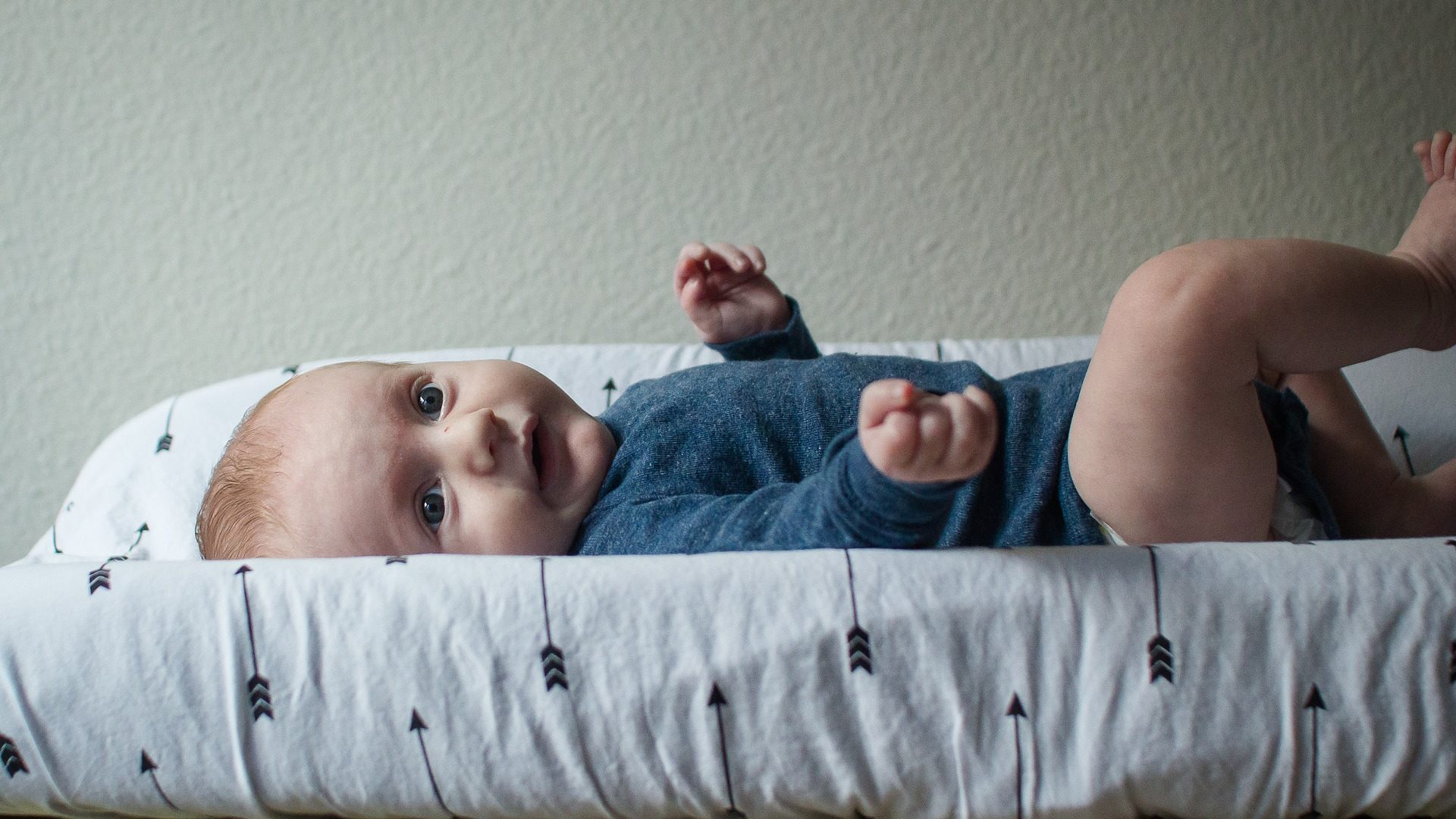By Amy Seretsky
About 10 years ago, a New York man wrote columnist Dear Abby (Abigail Van Buren) the following letter:
Dear Abby,
I’m a single father of an 18-month-old and am wondering why so many public places have no baby-changing stations available in areas where men can use them. I find it hard to shop or go out to eat because of this. I hope somebody can rectify this problem, or a lot of single dads will be looking for other places to spend their money.
Single Dad in New York
And here was Dear Abby’s response:
Dear Single Dad in New York:
Over the past 10 years, I have noticed more and more fathers out with their babies and small children at shopping centers, restaurants, etc. Businesses that fail to recognize this culture change are shortsighted when they make it difficult for single dads or fathers who have their little ones [with them or] for visitation. A word to the wise…
I guess this could serve as a word to the wise for church administrators, as well. Married and divorced men certainly bring their children with them to church. It’s part of a well-rounded upbringing. For a church not to have baby changing stations in the men’s restrooms, women’s and family restrooms, and in nurseries is a very big oversight.
However, right now they do not have to provide them. On the federal level, a law was passed at the end of President Obama’s presidency to require baby changing stations in both women’s and men’s restrooms, but only in federally operated or owned facilities. There may also be cities and communities around the country that require them in public facilities, but for the most part, that’s it.
However, can you imagine a growing, vibrant, family-focused church not equipped with baby changing stations? It is hard to believe, and there are no statistics that verify how many facilities have them installed, but we do know is that more locations are installing them, “whether they like it or not,” due to consumer demand.
I’ll explain why I say whether they like it or not a bit later.
A Little History
In many ways, baby changing stations are relatively new; however, the demand for them goes way back. In the early 1900s, a woman complained to the soon-to-be New York City planner that because there was no place to change baby in Central Park, mothers invariably had to leave the park – with all of their children – just to attend to baby. Remembering this, he had baby changing rooms installed in New York’s Jones Beach, which opened in 1929.
As to the baby changing stations we see today, the first prototype was developed in 1986 by a Minnesota businessman who said he was tired of seeing mothers changing their babies on the restroom floor. His design allowed building owners/managers to affix the station to a wall in the restroom. This would provide a safe and convenient place to do the task.
And while many owners/managers were reluctant to install them – again more about that later – they realized their value. Shopping centers and malls, quite popular in the 1980s and 1990s, were among the first locations to install the stations.
While there were no regulations regarding how baby changing stations were made or installed back in the 1980s and 1990s, as they became more popular, that all changed. And these rules and regulations are something church administrators should be aware of.
Rules & Regulations
While some states and communities may have regulations regarding baby changing stations, for the most part, they supplement those requirements created by the federal government. This is generally true in Canada, as well; however, they have some rules, mostly regarding signage, that largely supplement the U.S. rules and regulations.
Some regulations that administrators should be familiar with include the following:
- As mentioned, there are no requirements to install baby changing stations; they are a courtesy to churchgoers.
- Baby changing stations must comply with standards established by the Consumer Product Safety Improvement Act and the Americans with Disabilities Act. (Vendors marketing these products will likely have this information available.)
- The station must support weight of 60 pounds or more.
- The station must be free of hazardous materials.
- Interestingly, the government requires that changing stations all be backed with a five-year warranty.
- As to the materials used, they must be made of high-density polyethylene, a type of plastic; this material does not retain odors or moisture.
- Steel reinforcing rods are required for strength and stability and all stations must have a safety belt for the child.
- Users must be able to open and close the station with one hand.
- Pulled down, the station must not be more than 48 inches from the floor.
Now Here’s the Problem
We have twice hinted that not everyone is excited about baby changing stations, and this is mainly because they must be cleaned. Some administrators and custodial workers simply do not want to bother with them or hope that mothers and fathers who use them will do any clean-up operations on their own.
But they don’t.
Keeping baby changing stations clean and well-maintained is not difficult, but this process is important. And because churches are now used every day of the week for a variety of activities, they actually may need to be cleaned two or more times during the course of the day.
Baby changing stations must be both cleaned and disinfected; administrators must realize is that this is a two-step process. The cleaning step, usually with an all-purpose cleaning solution, removes soils, germs, and bacteria from the surface of the station. It is then job of the disinfectant to kill any remaining germs and bacteria on the surface.
This is important to remember. Cleaning solutions don’t kill germs, and disinfectants are not designed to clean surfaces. In fact, they lose their germ-killing power if a surface is heavily soiled. (The disinfectant will need to sit on the surface for a few minutes. Referred to as dwell time, this will be on the product label.)
Other than this, some basic cleaning and maintenance steps to follow include:
- If the station has storage for wipes, be sure it is well-stocked.
- Clean all touchable surfaces of the station, outside, handles, interior plastic, etc., then follow this with the disinfectant in the same areas.
- In many cases, it is recommended to rinse these same surfaces after cleaning and disinfecting; chemicals and disinfectants may leave a residue which attracts more soils like a magnet.
- Wipe down security straps.
- Wipe clean the surrounding wall area; if soiled, follow with a disinfectant.
Well, there you have it. We should add that baby changing stations are not that costly and often can be installed by a building engineer.
So your congregants don’t have to go home in the middle of your message – à la women in early 1900s Central Park – it is best to get baby stations installed…they will appreciate it.
Amy Seretsky is the product manager of washroom products for Impact-Products, manufacturers of jansan, safety, and restroom products, www.impact-products.com.















